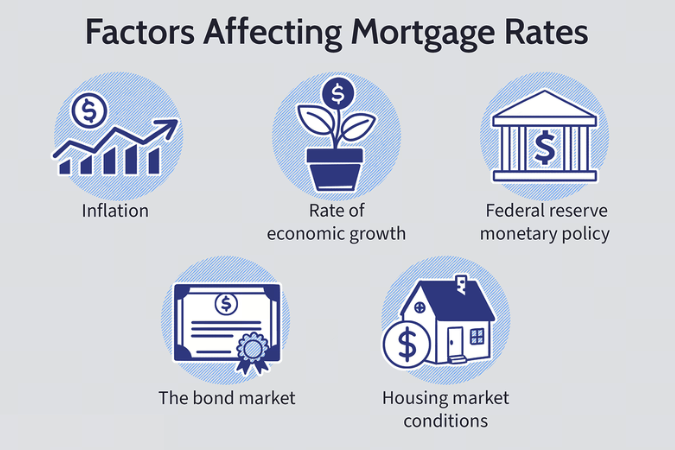
As we look ahead to 2025, the landscape of online advertising in the USA is set to undergo significant transformations, largely driven by the evolution of **social media algorithms**. These algorithms play a crucial role in determining what content users see on their feeds, ultimately influencing advertising strategies and effectiveness. Understanding their impact is essential for businesses aiming to thrive in this digital era.
Over the past decade, **social media platforms** like Facebook, Instagram, Twitter, and TikTok have continuously refined their algorithms to enhance user engagement. Initially, these algorithms prioritized chronological content, but as platforms evolved, they shifted towards more complex systems that analyze user behavior, preferences, and interactions to curate personalized feeds.
By 2025, we can expect these algorithms to become even more sophisticated. They will likely incorporate artificial intelligence (AI) and machine learning to better predict user interests and optimize content delivery. This evolution will not only shape user experiences but also redefine how brands approach **online advertising**.
One of the most significant impacts of social media algorithms on online advertising is the emphasis on **personalization**. In 2025, advertisers will need to create highly tailored content that resonates with specific audience segments. With algorithms analyzing vast amounts of data, ads will be shown to users based on their interests, behaviors, and demographics.
This level of personalization will enhance ad effectiveness, as consumers are more likely to engage with content that aligns with their preferences. Brands that leverage data analytics to understand their target audience will gain a competitive advantage, leading to higher conversion rates and return on investment (ROI).
While the benefits of algorithm-driven advertising are substantial, there are also challenges that businesses will need to navigate. One key issue is the potential for **ad fatigue**. As algorithms continuously serve users with similar content, there’s a risk that audiences may become desensitized to repetitive ads. This necessitates a constant refresh of creative and engaging content to maintain user interest.
Additionally, the increased focus on personalization raises concerns about **data privacy**. As platforms gather more data to refine their algorithms, users may become wary of how their information is being used. Brands must prioritize transparency and compliance with regulations such as the General Data Protection Regulation (GDPR) and California Consumer Privacy Act (CCPA) to build trust with their audience.
By 2025, several emerging trends will likely shape the way brands approach social media advertising. One of these trends is the rise of **influencer marketing**. As social media algorithms prioritize authentic content, influencers who resonate with specific niches will become invaluable partners for brands looking to reach targeted audiences effectively.
Another trend is the integration of **augmented reality (AR)** and **virtual reality (VR)** into advertising campaigns. As these technologies become more accessible, brands can create immersive experiences that captivate users and drive engagement. Social media algorithms will play a pivotal role in determining which users are most likely to interact with such innovative content.
In this rapidly evolving landscape, adaptability will be crucial for businesses aiming to succeed in online advertising by 2025. Companies must stay informed about the latest algorithm changes and trends within social media platforms. This requires continuous monitoring of performance metrics and being agile enough to pivot strategies based on real-time data.
Investing in **analytics tools** and training teams on data interpretation will be essential. Brands that can quickly respond to algorithm updates and shifts in consumer behavior will be better positioned to capture market share and drive growth.
The impact of social media algorithms on online advertising in the USA by 2025 will be profound. As these algorithms become more advanced, businesses will need to prioritize personalization, embrace new technologies, and remain adaptable in their strategies. By doing so, brands can harness the power of social media to reach their target audience effectively and thrive in an increasingly competitive landscape.
In summary, understanding the implications of social media algorithms is not just a trend but a necessity for businesses looking to succeed in the digital marketplace. As we approach 2025, the ability to navigate this complex landscape will determine the success of online advertising efforts across the United States.

The Impact of Social Media on Personal Injury Cases in 2025
The Impact of Fintech Innovations on Online Banking in the USA by 2025
The Future of Online Advertising in the USA: Trends to Watch in 2025
How AI is Transforming Online Advertising Strategies in the USA by 2025
The Rise of Video Ads: Online Advertising Trends in the USA for 2025
Navigating Privacy Regulations: Online Advertising Challenges in the USA
The Role of Influencer Marketing in Online Advertising in the USA

Impact of Economic Changes on Mortgage Loans in the USA: What to Expect in 2025